Experts have warned of mass blackouts and potential further communication disruptions across the Earth as the most intense solar flare this year is poised to create a freak solar event.
On May 14, NASA’s Solar Dynamics Observatory confirmed it had captured an X2.7 class solar flare erupting from the sun at around 04:25 (ET).
While this particular event is considered the most intense of the year so far by scientists, it’s just one of the two X-classified flares to have escaped the surface of the sun in the past week.
The National Oceanic and Atmospheric Administration (NOAA) confirmed that the solar event came from the sun’s most active region, which is currently being pushed around to directly face Earth.
Already, the solar flare has disrupted high-frequency radio signals in the Middle East for around ten minutes. Space.com also reports that areas of Europe and Asia were also thrown into disarray.


The sun has recently released two X-class solar flares (NOAA)
The bad news is that, apparently, more chaos across the planet could ensue shortly.
Space scientists at NASA have stated the solar flare – derived from new sunspot AR4087 – could further impact radio communications, electric power grids, navigation signals, and pose risks to spacecraft and astronauts.
It’s also likely that disruptions from solar flares will be accompanied by auroras from coronal mass ejections (CMEs).
CMEs take place when charged particles from the sun pass through the Earth’s atmosphere, thus creating technicolor displays known as the Northern Lights.
“When directed toward Earth, a solar storm can create a major disturbance in Earth’s magnetic field, called a geomagnetic storm, that can produce effects such as radio blackouts, power outages, and beautiful auroras,” NASA explained.
While no CME has been confirmed from the recent flare, it hasn’t stopped the space agency from prophesying which US states will be able to see the solar storm if it does happen.
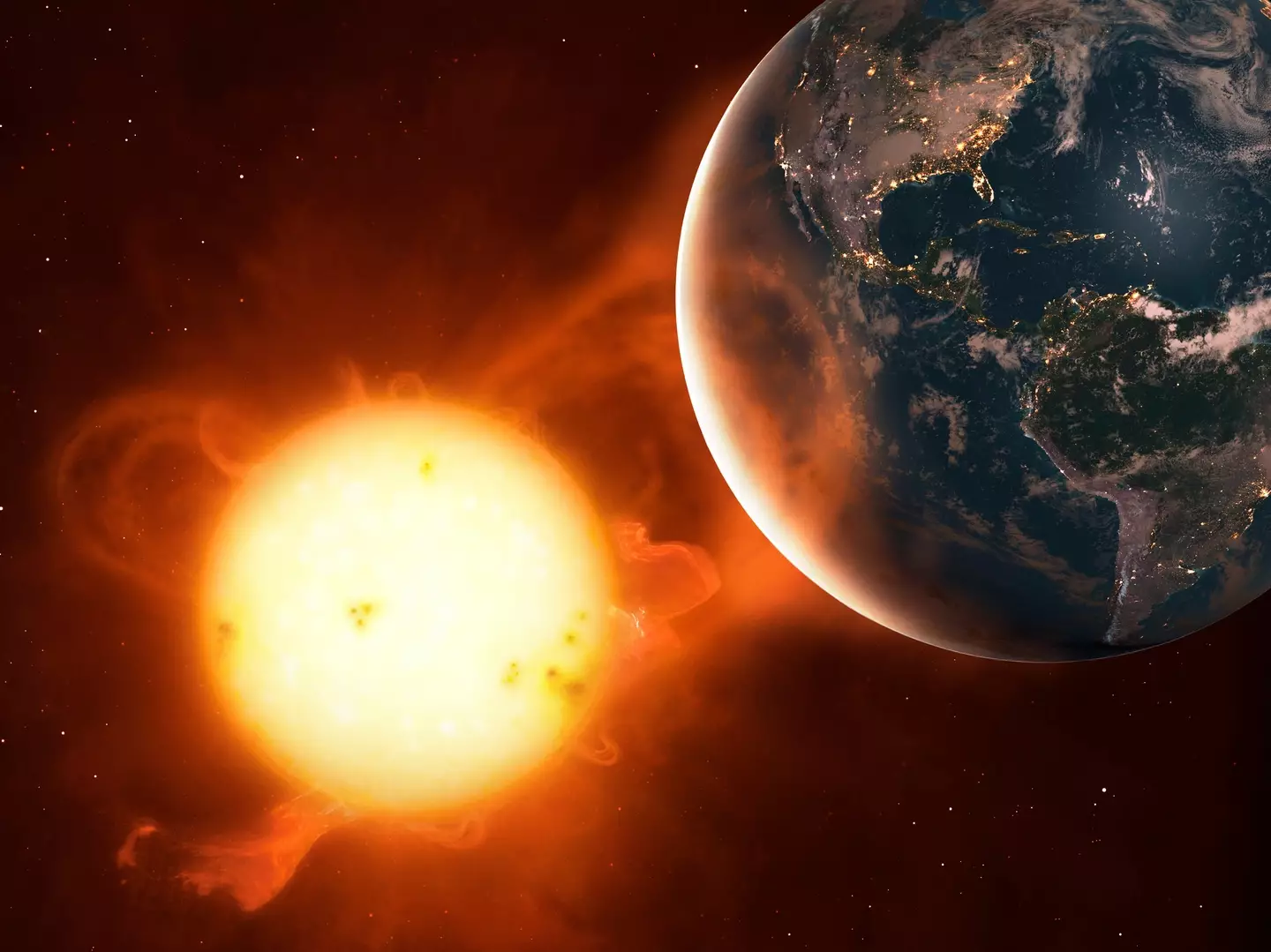

NASA has outlined the areas in the US the possible storm would be visible from (MARK GARLICK/SCIENCE PHOTO LIBRARY)
Where in the US will you be able to see the possible solar storm?
The areas you may be able to see the Northern Lights include:
- Michigan
- Alaska
- Washington
- Montana
- North and South Dakota
- Idaho
- Minnesota
- Maine
- Wisconsin.
‘This is getting intense’
Vincent Ledvina, a space weather scientist at the US Air Force Research Laboratory (AFRL) who specializes in solar activity and its effects on Earth’s space environment, has also had his say.
He told the New York Post: “This is getting intense, especially as this active region turns closer into view.
“The energy released by this flare has the potential to disrupt radio communications and GPS signals.”
.jpg)
.jpg)
The Sun is approaching the peak of its 11-year cycle (Nasa)
He added that experts are ‘closely monitoring’ sunspot region AR4087, as its ‘position on the sun increases the likelihood of Earth-directed solar storms.’
As the sun approaches the peak of its 11-year solar cycle, scientists are monitoring several volatile sunspot regions, like AR4087, that have the potential to unleash further solar storms.
It’s understood that monitoring efforts have been stepped up by space agencies amid concerns that the Earth’s power systems and communications could be significantly impacted.
The good news
First of all, the US Space Weather Prediction Centre at NOAA says that X-class flares are not frequent.
Secondly, due to the Earth’s atmosphere and magnetic shield, we are safe from harmful radiation at ground level.
And finally, NOAA has confirmed to US TODAY that there is a lower chance of solar flares impacting the Earth in the next few days.
“The risk for (high frequency) radio degradation through the rest of the week is low,” Shawn Dahl, NOAA’s SWPC Service Coordinator, told the publication.
Featured Image Credit: Getty Images/VCG


Solar flares released by the Sun could have a delayed effect on Earth.
On Tuesday (October 1), the Sun released two huge solar flares that caused temporary blackouts in large of the Pacific Ocean.
The two flares were launched within a few hours of each other, with the most recent being an X-class flare and hitting a magnitude of X7 – making it the second largest powerful solar explosion of the current solar cycle.
Solar flares are ranked in different categories defending on how big they are: the smallest ones are B-class, followed by C, M and the largest being X.
“Similar to the Richter scale for earthquakes, each letter represents a ten-fold increase in energy output,” adds NASA on its website.
The largest flare of the solar cycle that we’re currently in (which lasts around 11 years) took place in May, which hit a magnitude of X8.9.
In addition to the flares causing brief blackouts, the event saw a geomagnetic storm known as coronal mass ejection (CME) launched into space – and it’s this that may come back to cause more issues.
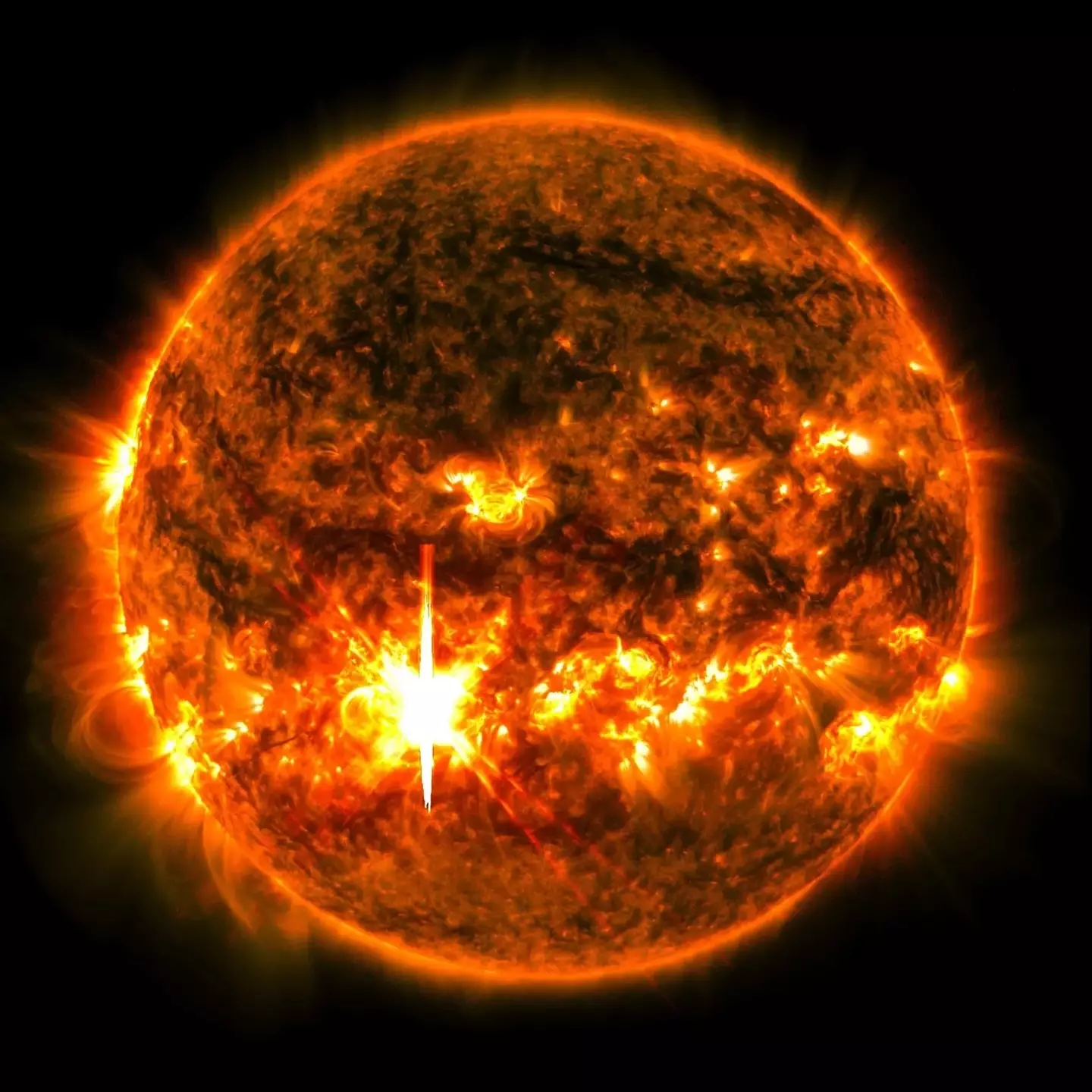

A huge solar flare was unleashed from the Sun earlier this week (NASA/SDO)
The CME is expected to come back towards Earth as early as Friday (October 4), according to spaceweather.com. The CME will bring a G3-class geomagnetic storm. For reference, a G5-class storm is the most extreme.
The website says of the upcoming events: “Fast-growing sunspot AR3842 erupted on Oct 1st (2220 UT), producing the second-strongest solar flare of Solar Cycle 25. The X7.1-category blast caused a shortwave radio blackout over Hawaii and hurled a faint halo CME into space.
“NOAA forecasters are predicting a strong G3-class geomagnetic storm when the CME arrives as early as Oct. 4th.”
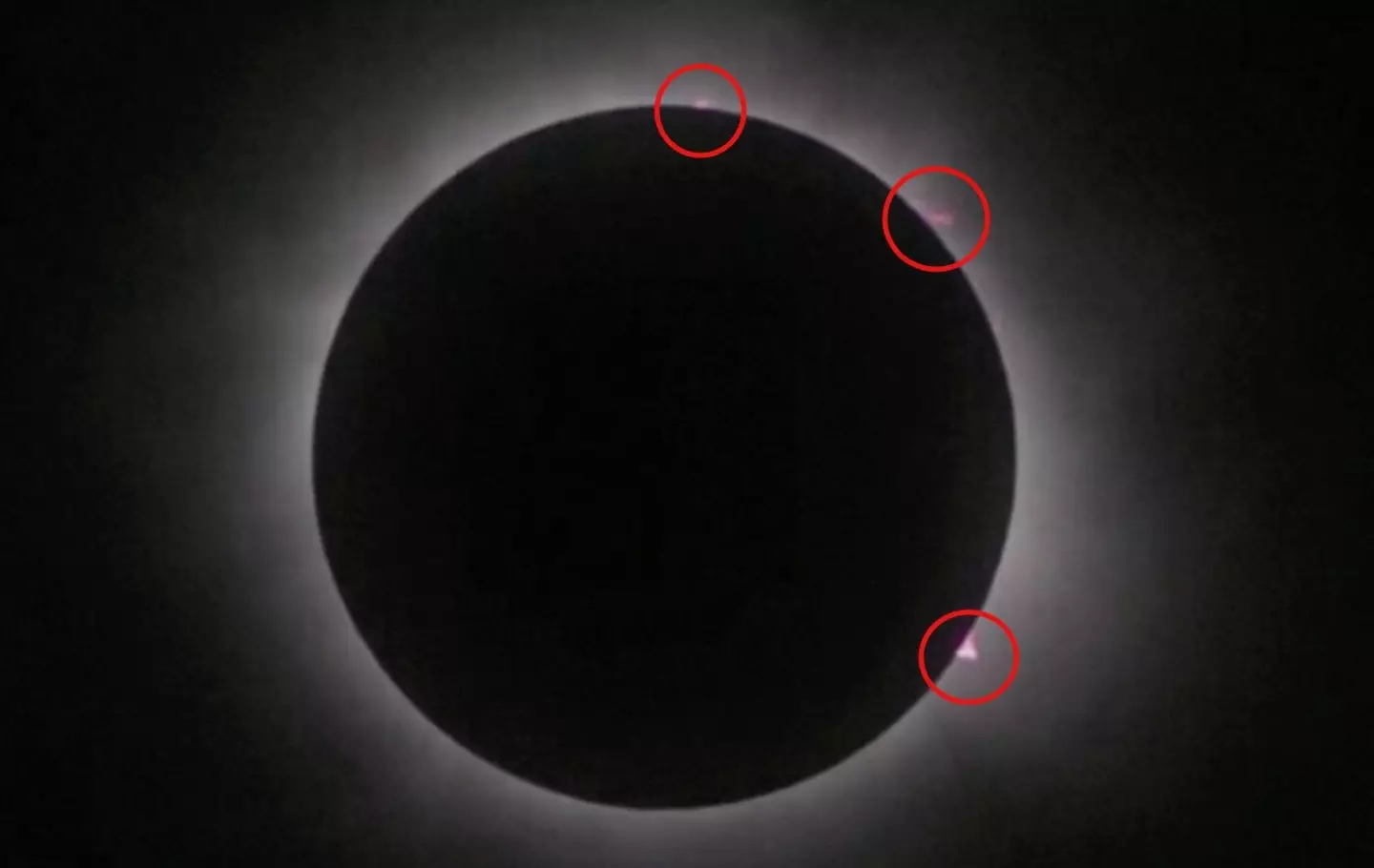

Solar flares could be seen during April’s highly anticipated total eclipse (NASA)
When storms like these hit Earth, they can disrupt navigation systems such as the Global Navigation Satellite System (GNSS) and create harmful geomagnetic induced currents (GICs) in the power grid and pipelines, as per NOAA.
They’re also known to create beautiful aurora borealis to look at.
The more powerful the storm, the more likely it is to cause notable effects on Earth. If the strength of Tuesday’s flare is anything to go off, then we could be in for a pretty big storm.
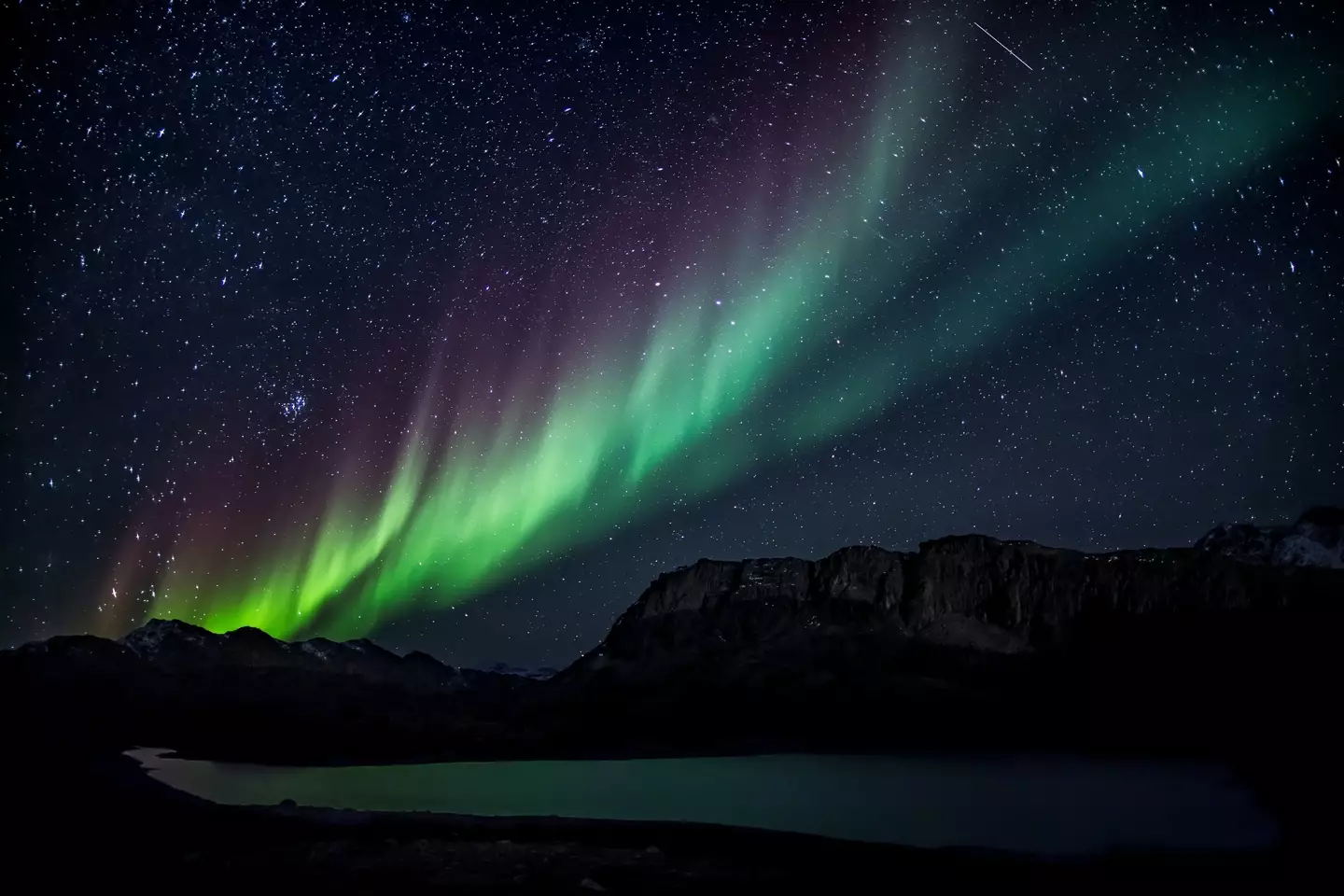

Some might be lucky enough to see an aurora caused by the geomagnetic storm (Getty Stock)
2024 has so far been huge for solar activity. Back in May, scientists were forced to issue a warning ahead of the biggest solar storm in nearly 20 years hit Earth.
There were a series of solar storms that month, but the only that got people talking was a G4 class event. G4 is seen as ‘Severe’, coming in second to an ‘Extreme’ G5 storm.
The NOAA at the time said it was ‘very rare’ for a G4 storm to occur and hailed it as an ‘unusual event’.
Featured Image Credit: Getty Stock Image/Getty/Andrew Chin
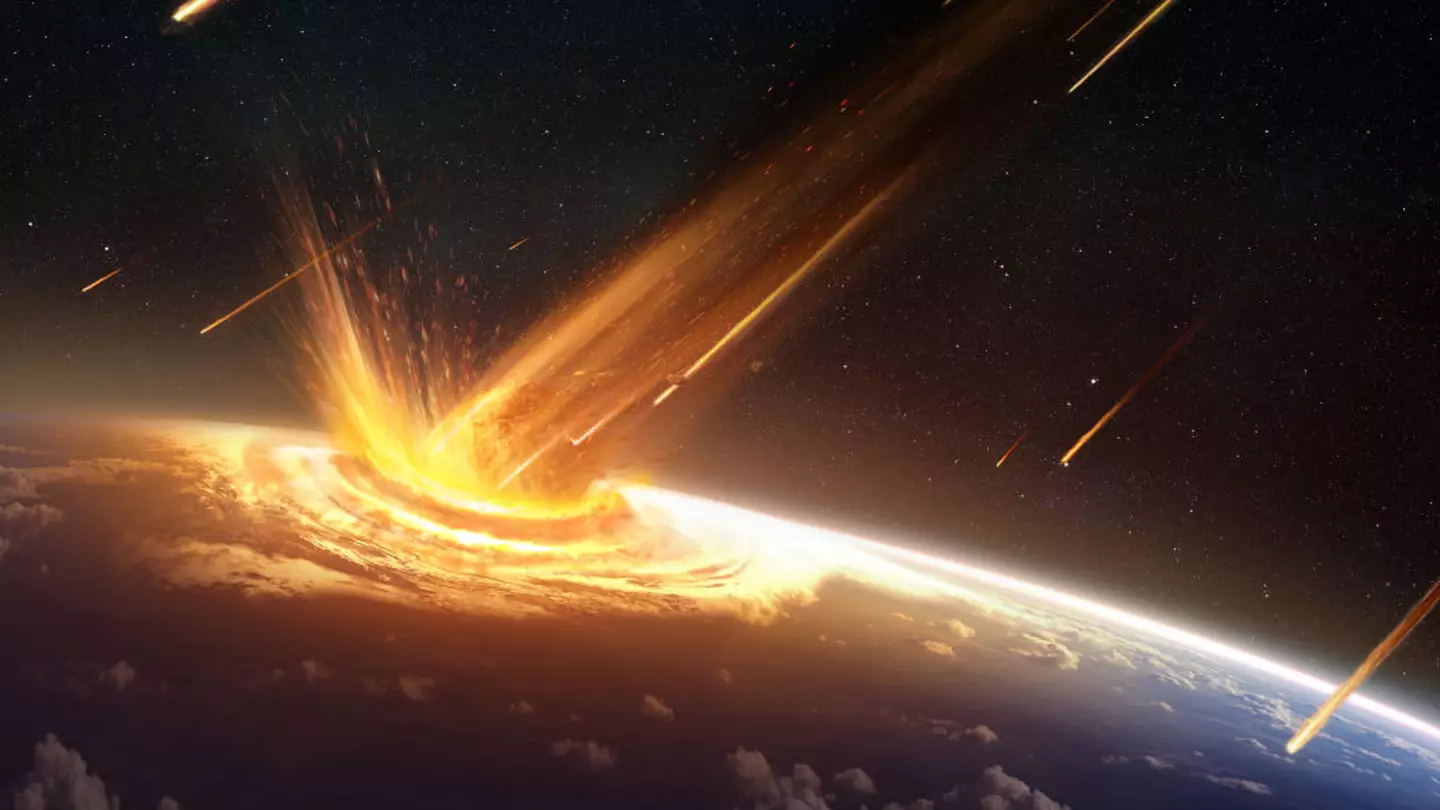

NASA has given an important update on asteroid 2024 YR4.
If you’ve been keeping with up with astronomy news of late, it’s likely you’ll have heard about a ‘city-destroying’ asteroid that’s currently hurtling towards Earth.
2024 YR4 was first spotted after it set off automated asteroid warning systems in December 2024, and astronomers have been tracking it ever since.
According to NASA, the space object measures around 130 – 300 feet across (40 – 90 meters) and should it hit Earth, the force would be hundreds times the force of the Hiroshima bomb.
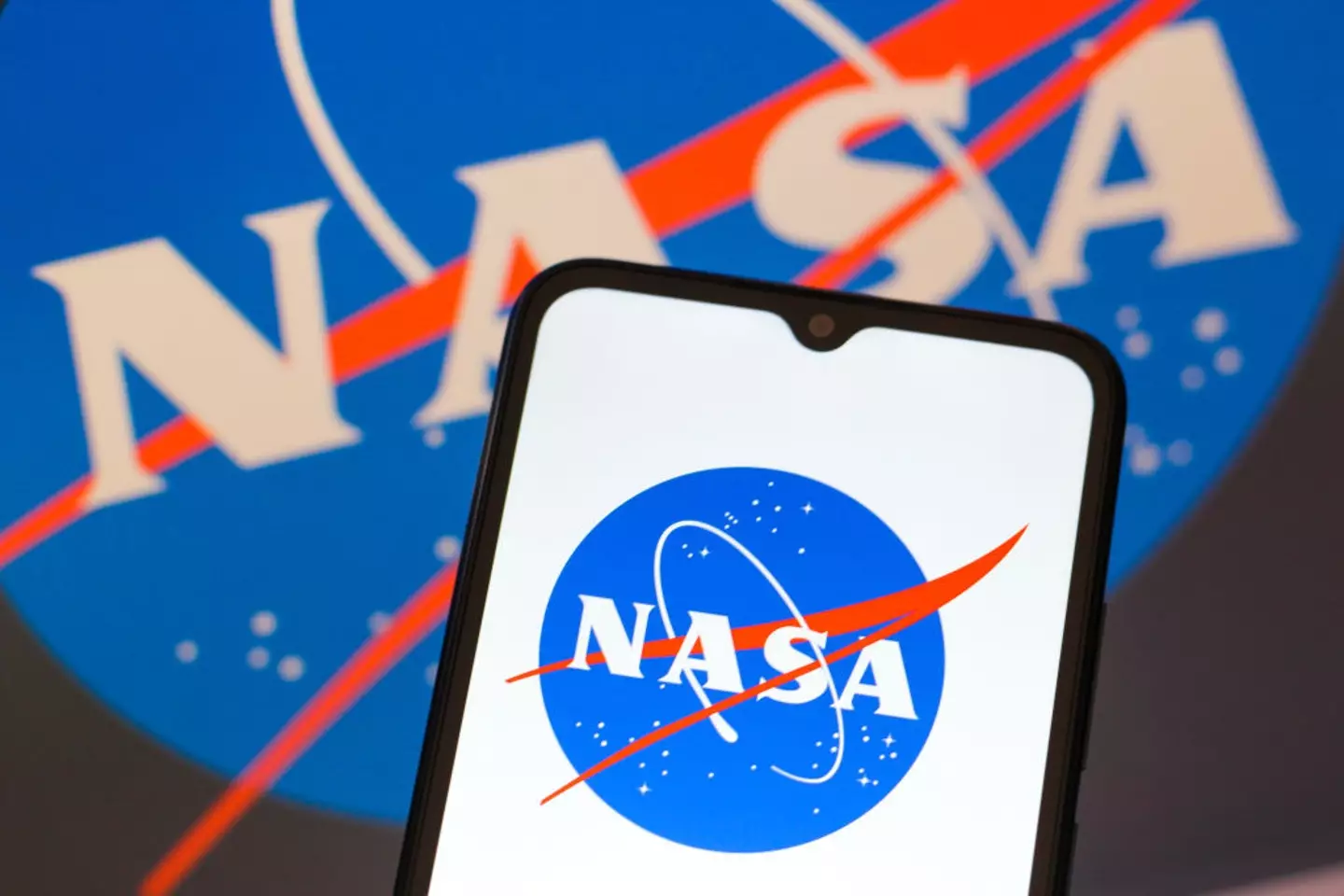

NASA has been tracking 2024 YR4 since December last year (Thomas Fuller/SOPA Images/LightRocket via Getty Images)
Initially it was given just a 1.2 percent chance of colliding with Earth in December 2032, but it wasn’t long until this figure more than doubled.
In a worrying update given last week, the likelihood of hitting our planet was increased to 3.2 percent; making it the biggest threat to Earth in NASA’s history, beating the infamous ‘God of Chaos’ asteroid.
But the ‘God of Chaos’ (officially known as 99942 Apophis) has now regained its titled after 2024 YR4’s chances of hitting Earth have drastically decreased.
In an update issued by NASA yesterday (February 24), the agency said: “NASA has significantly lowered the risk of near-Earth asteroid 2024 YR4 as an impact threat to Earth for the foreseeable future. When first discovered, asteroid 2024 YR4 had a very small, but notable chance of impacting our planet in 2032.
“As observations of the asteroid continued to be submitted to the Minor Planet Center, experts at NASA Jet Propulsion Laboratory’s (JPL’s) Center for Near-Earth Object Studies were able to calculate more precise models of the asteroid’s trajectory and now have found there is no significant potential for this asteroid to impact our planet for the next century.
“The latest observations have further reduced the uncertainty of its future trajectory, and the range of possible locations the asteroid could be on Dec. 22, 2032, has moved farther away from the Earth.”
It continued: “There still remains a very small chance for asteroid 2024 YR4 to impact the Moon on Dec. 22, 2032. That probability is currently 1.7%.”
Anyone else just breathe a sigh of relief?
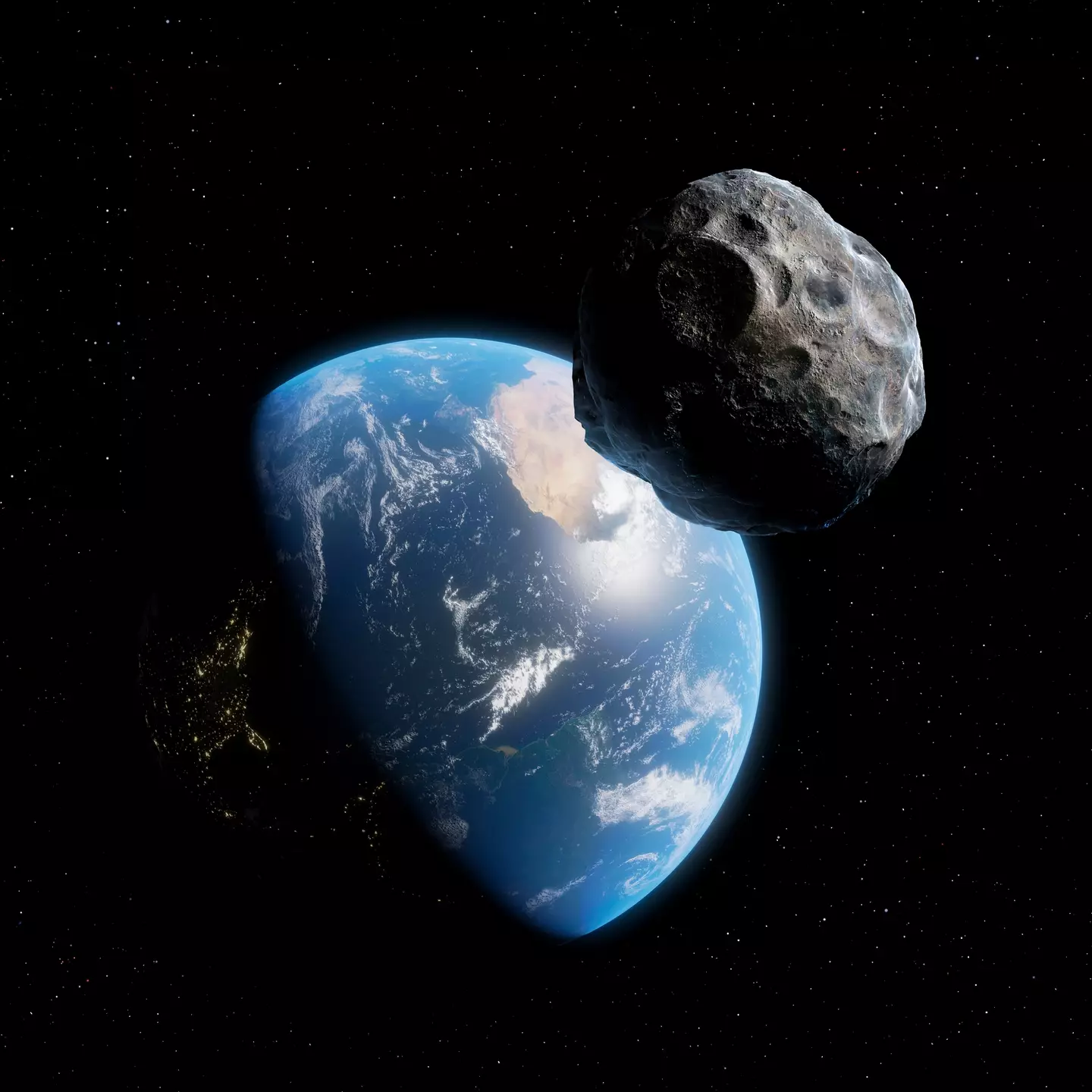

The asteroid has been downgraded to a 1.7 percent chance of collision (Getty Stock)
With the update in mind, the asteroid is now in NASA’s ‘normal’ category on its Torino Scale, compared to ‘meriting attention from astronomers’ when the chance was above three percent.
The NASA website says of items in category 1: “A routine discovery in which a pass near the Earth is predicted that poses no unusual level of danger.
“Current calculations show the chance of collision is extremely unlikely with no cause for public attention or public concern. New telescopic observations very likely will lead to re-assignment to Level 0.”
Featured Image Credit: Tobias Roetsch/Future Publishing via Getty Images


A huge earthquake could hit parts of the US soon for the first time in over 300 years.
A new study has looked into the possibility of an earthquake greater than 8.0 magnitude hitting the Pacific northwest in the coming years, and the results are pretty concerning.
The findings by researchers from Virginia Tech were published in the Proceedings of the National Academy of Sciences last month.
The study revealed that an earthquake could occur along the Cascadia subduction zone — a 600-mile convergent plate boundary that extends from northern California to southern British Columbia.
Apparently this part of the US has a 15 percent chance of experiencing an earthquake greater than 8.0 magnitude in the next 50 years.
Such a quake would cause coastal land to sink up to 6.5 feet, explains the new study.


Washington’s Columbia River is part of the Cascadia Subduction Zone (Getty Stock Image)
One of the biggest earthquake of records that has happened in the US is what’s known as the Great Alaska Earthquake that occurred in 1964 and was a magnitude 9.2, says the US Geological Survey.
Speaking on the worrying revelations, Tina Dura, lead author of the study and assistant professor of geosciences in the College of Science, said: “The expansion of the coastal floodplain following a Cascadia subduction zone earthquake has not been previously quantified, and the impacts to land use could significantly increase the timeline to recovery.”
Some of the worst impacted areas would be southern Washington, northern Oregon, and northern California.
If the devastating quake were to happen today, Dura and her team estimated that ‘14,350 residents, 22,500 structures, and 777 miles of roadway would fall within the post-earthquake floodplain’.


A team at Virginia Tech conducted the research (Getty Stock Image)
The Cascadia subduction zone is part of the ‘Pacific Ring of Fire’ — an area responsible for many of the world’s largest earthquakes and tsunamis.
By 2100, it’s forecast that sea levels will rise another three feet, thus exacerbating the damage.
Dura went on to warn: “Today, and more so in 2100 as background sea levels rise, the immediate effect of earthquake-driven subsidence will be a delay in response and recovery from the earthquake due to compromised assets. Long-term effects could render many coastal communities uninhabitable.”
While America has had an earthquake above the magnitude of 8.0 in recent decades, should one occur along the Cascadia subduction, it’ll be the first one in the area since January 1700.
Study authors have said that we should be preparing for such a cataclysmic event.
“Preparing for these compound hazards can minimize long-term damage, ensure resilient communities, and protect critical coastal ecosystems from permanent degradation,” the authors wrote, as per The Guardian.
Featured Image Credit: Getty Stock Image
Topics: California, News, Science, US News, Washington


Before NASA could send human astronauts into orbit, a chimpanzee called Ham was one of the first to put the risky voyage to the test.
The three-year-old chimp created history when he became the first chimpanzee to travel to space, ultimately paving the way for US’s first successful launch of a human astronaut just months later.
Ham, whose name was an acronym of Holloman Aero Med, was born in July 1957 and brought from the French Cameroons in West Africa to Holloman US Air Force Base in New Mexico when he was just two years old in 1959.
The intelligent chimp was trained to perform simple tasks, with the Air Force noting how he was a smart and fast learner.
Then, on January 31, 1961, Ham was launched from Cape Canaveral inside NASA’s Mercury-Redstone rocket, where his journey didn’t quite go to plan.


Ham strapped into the biopack couch for the test flight in 1961 (NASA)
Ham was meant to reach an altitude of 115 miles and speeds of 440mph, however, technical problems saw the spacecraft soar to an altitude of 157 miles above Earth and reach a whopping speed of 5857 mph.
Somehow, NASA managed to gain back control of the rocket and he landed 442 miles downrange, rather than the planned 290 miles, and the rocket had a hard splash landing in the Atlantic Ocean some 60 miles away from the recovery ship.
While in space, Ham experienced 6.6 minutes of weightlessness during the flight that lasted 16.5 minutes, during which he managed to perform lever-pulling tasks and respond to flashing lights.
A medical assessment showed he was slightly fatigued and dehydrated after his travels, but in otherwise good shape.
And while Ham’s successful journey meant America’s first human astronaut, Alan B Shepard Jr, could make the trip on May 5, 1961, the chimp’s life after space was a little depressing, to say the least.


Ham’s journey didn’t go exactly according to plan (Getty Images)
Ham was placed on display within the Washington Zoo just two years later in 1963, where he lived a lonely existence.
From the Washington Zoo, he was then moved to North Carolina Zoological Park in Asheboro in September 1980, where he remained up until his death on January 17, 1983.
The 25-year-old chimp spent the majority of his life as a spectacle and virtually all alone for 17 years.
According to NASA, Ham’s skeleton went to the Armed Forces Institute of Pathology while his other remains were laid to rest outside the International Space Hall of Fame in Alamogordo, New Mexico.
However, Ham wasn’t the first animal to be put to the test either, with dogs, cats and even jellyfish being made to make the perilous voyage.
The first animals in space


Ham lived 17 years alone in captivity (STF/NASA/AFP via Getty Images)
The first animal to go to space was Albert I, a rhesus macaque, on June 11, 1948, aboard a V-2 blossom.
From White Sands, New Mexico, Albert I travelled more than 39 miles but died of suffocation during the flight.
A year later in 1949, three more monkeys, Albert II, Albert III, and Albert IV, went to space. None made it back alive.
Albert II died on impact, while Albert III died in an explosion.
While Albert IV had a successful flight compared to his predecessors, he also died on impact. Then on August 31, 1950, another V-2 launch saw an unanaesthetized mouse make the trip, but did not survive.
The first monkey to survive a space flight
It wasn’t until September 1951 that NASA celebrated the victory of having a monkey return home alive.
Yorick, also known as Albert VI, reached a height of 44.7 miles aboard an Aerobee rocket while in the company of 11 mice.
He survived the flight, but died two hours later as well as two of his mice crewmates. Their deaths were believed to be related to stress from overhearing in the capsule after landing.
On May 22, 1952, two Philippine monkeys, Patricia and Mike, also survived a 36-mile-high flight at a speed of 2000 mph.
They became the first to reach such a high altitude and went on to live out the rest of their days at the National Zoological Park in Washington DC.
Patricia died of natural causes two years later, while Mike passed in 1967.
Dogs and cats in space


Dogs have also been sent to space, including Laika (Sovfoto/Universal Images Group via Getty Images)
The Soviets initially used mice, rats and rabbits as one-way passengers to space before turning to man’s best friend for the job.
Between 1951 and 1952, the Soviet R-1 series saw nine dogs make the trip, with three dogs flying twice.
Dezik and Tsygan became the first canine suborbital astronauts in 1951 and successfully survived, though many other space-hounds were not so lucky.
Some dogs were picked up from the streets or left in space, such as Laika, a stray in Moscow, who was hastily strapped into a metal carrier to fly in Sputnik 2 which blasted into orbit in November 1957.
Laika died from overheating five hours into the flight while Sputnik 2 was left to burn up in the atmosphere in April 1958.
Meanwhile, French scientists successfully launched the first cat, Félicette, into space on October 1963.
Turtles and jellyfish in space


An effigy of Laika (MLADEN ANTONOV/AFP via Getty Images)
The USSR launched Zond 5 in 1968 with a collection of animals, from turtles to wine flies and mealworms to plants and other living matter, which flew around the Moon.
After the first human Moon landing of Apollo 11, animals in space were limited to ‘biological payload,’ meaning rabbits, turtles, insects, spiders, fish and jellyfish were primarily used instead.
Impacts of animals in space
Many of the animals were sacrificed to make way for human missions and used as test subjects to study the effects of weightlessness and radiation.
NASA says the animals have taught scientists ‘a tremendous amount more than could have been learned without them.’
“Without animal testing in the early days of the human space program, the Soviet and American programs could have suffered great losses of human life,” NASA’s site states.
“These animals performed a service to their respective countries that no human could or would have performed. They gave their lives and/or their service in the name of technological advancement, paving the way for humanity’s many forays into space.”




